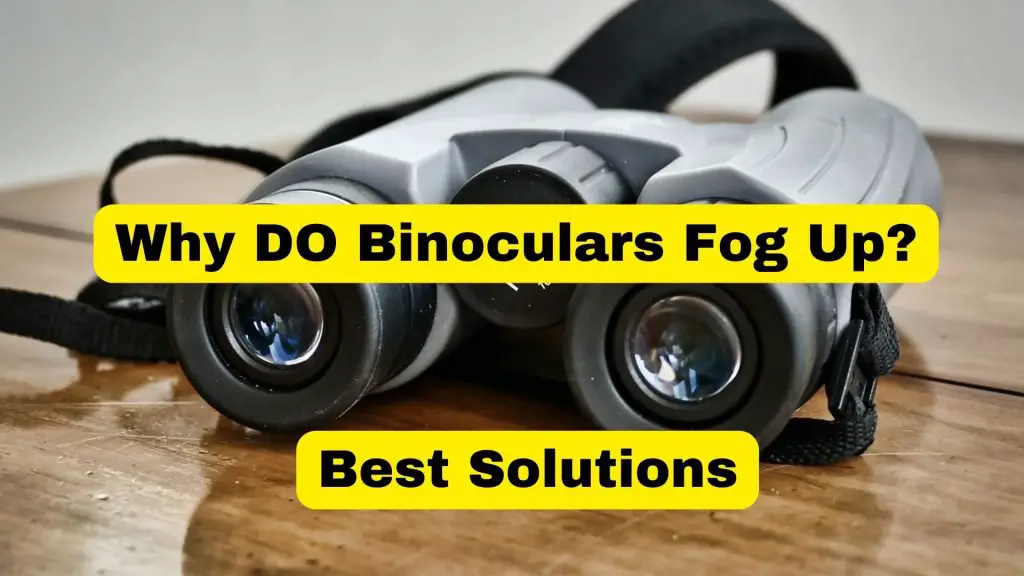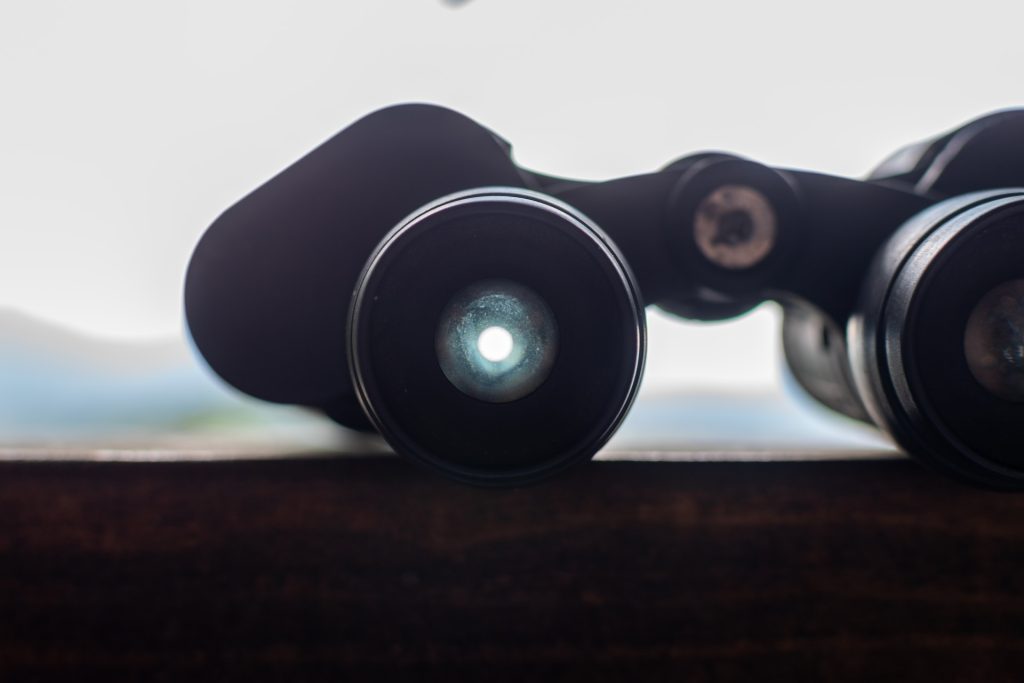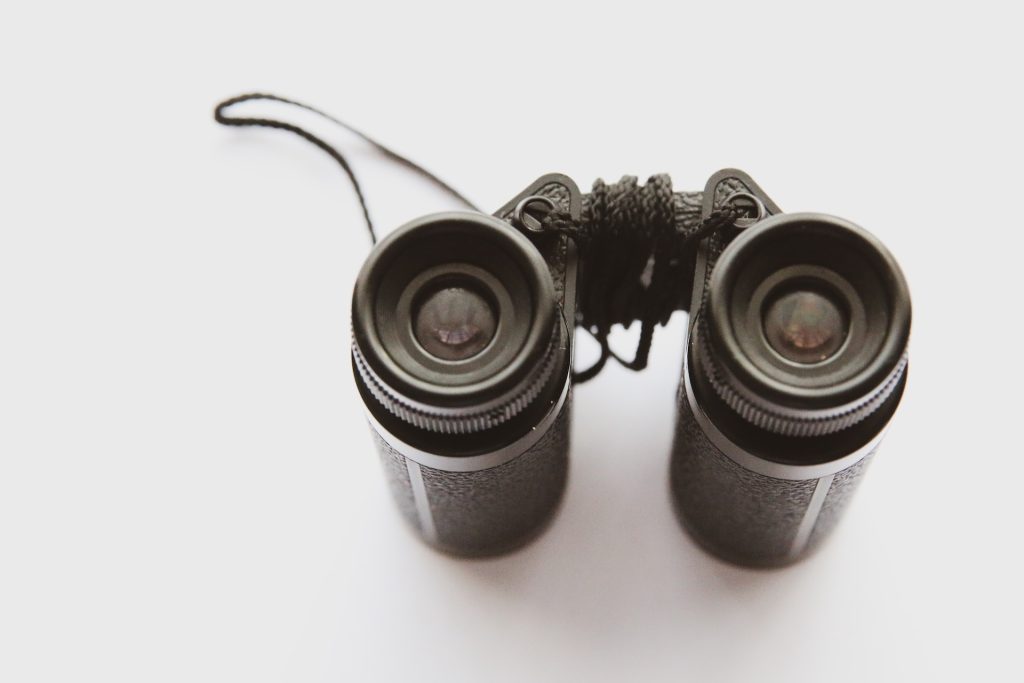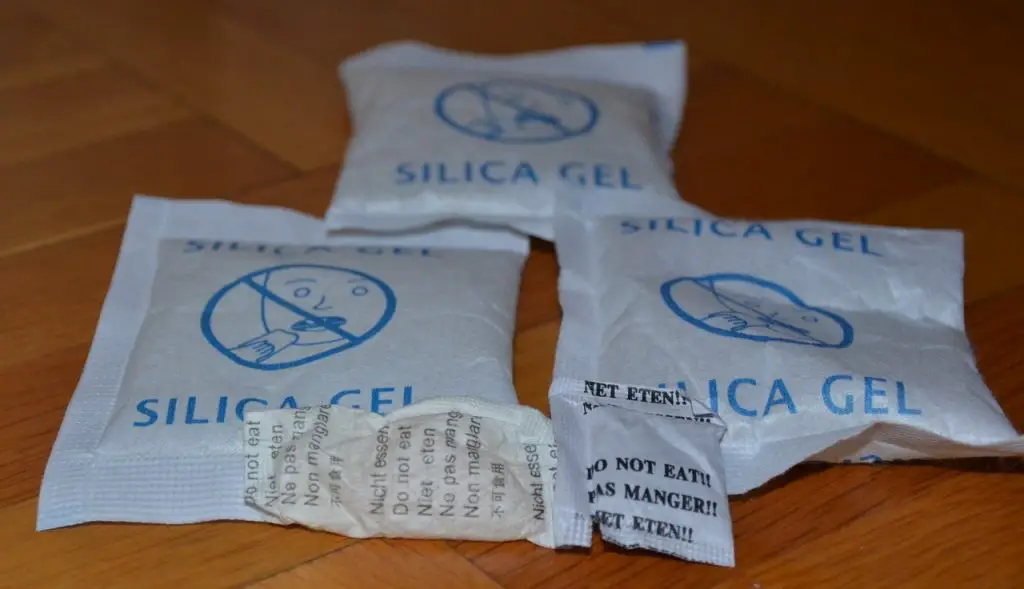Why Do Binoculars Fog Up: Best Ways To Avoid
Binocular fogging refers to the condensation that forms on the lenses of binoculars, obstructing the view and reducing image clarity.
It is a common issue experienced by users, particularly during outdoor activities and in environments where temperature and humidity fluctuations are prevalent.
Why Binocular Fogging Occurs and How Does it Affect the Clarity of Vision?

Quick Answer: Fogging occurs when warm, moist air comes into contact with a cooler surface, causing the moisture to condense into tiny water droplets on the lens.
This phenomenon can be frustrating and may hinder the enjoyment of various activities such as birdwatching, hiking, or stargazing.
The impact of binocular fogging on clarity of vision can be significant.
When the lenses fog up, the light passing through them scatters, leading to a hazy or blurred view.
This can be particularly problematic during critical moments when observing wildlife, distant landscapes, or celestial objects.
Not only does fogging reduce visibility, but it can also be a safety concern during activities like hiking, where having a clear view of the terrain is crucial to avoiding potential hazards.
Different Types of Fogging – External and Internal Fogging
External Fogging:
External fogging occurs when moisture from the surrounding environment, such as rain, snow, or high humidity, comes into contact with the outer surface of the binocular lenses.
This type of fogging is more easily noticeable and can often be wiped off to restore clarity.
Rain droplets, in particular, can quickly accumulate on the lenses, making it essential to have a method of keeping them dry during wet weather conditions.
Internal Fogging:
Internal fogging is more problematic as it occurs inside the binoculars, making it difficult to address in the field.
It is caused by temperature and humidity differences between the inside and outside of the binoculars.
When warm, moist air enters the binoculars and meets cooler surfaces within, such as the lenses or prisms, condensation forms, leading to internal fogging.
This can happen when moving from a cold environment to a warmer one or when the binoculars are stored in a sealed case, resulting in trapped moisture.
Reasons Why Binoculars Fog Up
Condensation due to Temperature Changes
Bringing Binoculars from Cold to Warm Environments Leads to Fogging:
One of the primary reasons why binoculars fog up is the abrupt change in temperature.
When binoculars are taken from a cold outdoor environment to a warm indoor space or vice versa, the lenses experience a rapid temperature shift.
This change causes the warm, moisture-laden air surrounding the binoculars to come into contact with the colder lens surfaces.
As the warm air meets the cooler lenses, it cools down rapidly, reaching its dew point—the temperature at which it becomes saturated with water vapor.
The excess moisture in the air then condenses into tiny water droplets on the lens surface, leading to fogging.
This phenomenon can be especially frustrating for nature enthusiasts who want to quickly transition from outdoor observation to indoor analysis or vice versa.

Storing Binoculars in a Closed, Warm Case Can Cause Fogging:
Another common scenario that leads to fogging is when binoculars are stored in a closed, warm case after use.
During outdoor activities, binoculars are exposed to ambient temperature and humidity.
When they are kept in a closed case while still warm, the trapped air inside the case retains the moisture absorbed during the activity.
As the binoculars cool down within the closed case, the temperature drops, and the trapped warm, moist air comes into contact with the cooler lenses, resulting in internal fogging.
To avoid this, it’s advisable to let the binoculars acclimate to the surrounding temperature before storing them.
Additionally, keeping the case well-ventilated or using desiccant packets inside the case can help minimize internal fogging.
Also Read: Should You Use a Binocular Case or Pouch?
Moisture from Body Heat and Breath
User’s Body Heat and Breath Contribute to Internal Fogging:
The user’s body heat and breath also play a significant role in fogging binoculars, especially during colder weather.
When using binoculars, the proximity of the user’s eyes to the eyepieces and face to the binocular body generates heat.
This warmth can increase the temperature within the binoculars, leading to a potential temperature difference between the inside and outside surfaces.
Similarly, when users breathe while looking through the binoculars, the warm, moist breath can enter the optical system, causing internal fogging.
This is more pronounced in cold weather when the temperature difference between the warm breath and the cooler binoculars is more significant.
The most effective approach is to hold them approximately half an inch away from your eyes, ensuring that the heat from your face does not cause them to fog up.

Exposure to Water and Rain
Water Droplets on Lenses Lead to External Fogging:
External fogging occurs when moisture from the surrounding environment, such as rain, snow, or high humidity, comes into contact with the outer surface of the binocular lenses.
Raindrops, in particular, can accumulate on the lenses, obstructing the view and causing a hazy image.
Dew, a common occurrence during cool evenings, can also lead to external fogging as it settles on the lenses.
Impact of Rain and Other Water Sources on Binocular Performance:
Exposure to rain and water can not only cause external fogging but also potentially damage the binoculars’ internal components if they are not waterproof or water-resistant.
Moisture can seep into the binocular body, leading to mold, corrosion, or fogging on internal optical surfaces.
To protect against external fogging and potential water damage, it is essential to use binoculars that are specifically designed to be waterproof or water-resistant.
Additionally, using lens hoods and rain covers can shield the lenses from raindrops and other sources of moisture.

Avoiding Binocular Fogging
Properly Cleaning and Maintaining Binoculars
Regularly cleaning the binocular lenses is essential for preventing fogging and ensuring clear vision.
Use a soft, lint-free microfiber cloth to gently wipe the lenses, removing any dust, dirt, or fingerprints. Avoid using rough materials, such as paper towels or clothing, as they may scratch the lens surface.
For stubborn stains or smudges, moisten the microfiber cloth with a few drops of lens cleaning solution or use lens wipes specifically designed for optics.
Cleaning the lenses not only improves optical performance but also reduces the chances of fogging caused by debris on the lens surface.
Importance of Regular Maintenance and Lens Protection:
Proper maintenance of binoculars helps prevent internal fogging caused by moisture buildup over time.
After using the binoculars in damp or wet conditions, wipe them dry with a soft cloth before storing them.
Ensure that the protective lens caps are used whenever the binoculars are not in use, preventing dust and moisture from settling on the lenses.
Regularly check the binoculars for signs of damage or wear and have them professionally serviced if necessary.
Keeping the binoculars in good condition ensures their longevity and optimal performance, reducing the risk of fogging due to compromised seals or internal components.
Allowing Binoculars to Acclimate
Advise Users to Let Binoculars Adjust to Temperature Changes Gradually:
To minimize fogging caused by temperature changes, allow your binoculars to acclimate to the new environment gradually.
When moving from cold to warm environments or vice versa, keep the binoculars in their case initially, allowing them to adjust to the temperature difference slowly.
Practical Steps to Minimize Temperature-Related Fogging:
When transitioning between extreme temperature variations, avoid breathing on the lenses or touching them with your fingers, as body heat can exacerbate fogging.
Instead, wait for a few minutes to let the binoculars reach equilibrium with the surrounding temperature before using them. This simple step can significantly reduce the likelihood of fogging.
Preventing Binocular Fogging: A Simple Temperature Trick
To prevent fogging, it is crucial to allow the binoculars to reach your body temperature. Once they have acclimated, fogging will no longer be an issue.
However, if you place cold binoculars inside your jacket, they are likely to fog up due to the sudden temperature change.
The trick is to avoid letting them get cold in the first place by refraining from placing them inside your jacket.
Using Anti-Fog Products and Accessories
Introduce Anti-Fogging Solutions and Wipes for Binoculars:
Anti-fogging solutions like these Zeiss Antifog spray and wipes specifically designed for binoculars provide an extra layer of protection against fogging.
Applying these products to the lens surfaces forms a thin, transparent film that prevents condensation from forming.
These solutions can be particularly useful in high humidity environments or during activities where body heat and breath are likely to cause fogging.
Using a Desiccant
To remove internal moisture and fogging from binoculars, place them inside a sealed Zip-Lock bag along with an appropriate desiccant like uncooked rice or some commercial desiccant(Silica Gel).
Leave them for at least 24-48 hours to absorb the moisture effectively. This simple method will help restore clear vision and enhance your binoculars’ performance.

Accessories like Lens Hoods and Covers to Protect Against Moisture:
Lens hoods and covers help shield the lenses from direct exposure to rain, snow, or other water sources.
When using binoculars in wet weather conditions, keep the lens caps on when not actively observing to protect against moisture buildup on the lenses.
Lens hoods can also provide additional protection from dew and minimize the impact of humidity on the lenses.
Keeping Moisture Away
Encourage Users to Keep Binoculars Dry During Outdoor Activities:
During outdoor activities, keep binoculars dry by using protective covers or carrying them in waterproof cases.
If the binoculars get wet, wipe them dry with a soft cloth as soon as possible to prevent moisture from causing fogging or potential damage.
Offer Suggestions on How to Protect Binoculars from Rain and Water Exposure:
Use waterproof or water-resistant binoculars when engaging in activities near water bodies, during rain, or in high humidity environments.
Use Fog Proof Binoculars
Choosing binoculars with O-ring sealed optics and nitrogen or argon purging can significantly reduce the risk of internal fogging due to water infiltration.
Also, I can safely say that fog-proof binoculars are worth the money.
They provide clear vision in all conditions, are more durable and long-lasting, offer versatility and convenience, require less maintenance, and come with improved optics for a superior visual experience.
More Read: Why Are Binoculars Filled with Nitrogen?
Proper Storage and Transportation
Recommend Suitable Storage Methods to Reduce Internal Fogging:
When storing binoculars for an extended period, ensure they are clean and dry.
Store them in a well-ventilated area to prevent trapped moisture inside the case, reducing the chances of internal fogging.
Consider using desiccant packets to absorb excess moisture if storing the binoculars in a sealed case.
Advise on Transporting Binoculars Safely to Prevent Fogging:
When carrying binoculars during outdoor activities, use a neck strap or harness to keep them easily accessible without constant contact with your body.
This prevents body heat and breath from reaching the lenses and causing fogging. Additionally, use lens caps and covers to shield the lenses from potential moisture exposure during transportation.
Addressing Common Misconceptions about Binocular Fogging
Misconception 1:
Binoculars are faulty if they fog up.
Explanation: Fogging is a natural occurrence and does not indicate any defect in the binoculars.
All binoculars are susceptible to fogging under certain conditions.
Except If the binoculars are fog proof i.e. nitrogen or argon purged then fogging may be due to some defect or issue.
Misconception 2:
Fogging only happens in cold weather.
Explanation: While temperature changes are a significant cause of fogging, humidity levels also play a crucial role.
Fogging can occur in various weather conditions, including warm and humid environments.
Misconception 3:
Wiping lenses with a shirt or tissue paper prevents fogging.
Explanation:
Using improper cleaning materials can scratch the lens surface. It is essential to use microfiber cloths or lens cleaning solutions specifically designed for optics to prevent damage.
Conclusion:
Understanding the various reasons behind binocular fogging allows users to take proactive measures to prevent or minimize its occurrence.
Proper cleaning and maintenance, allowing binoculars to acclimate to temperature changes, using anti-fogging products and accessories, keeping moisture away during outdoor activities, and practicing suitable storage and transportation methods are key to avoiding binocular fogging.
This way you can enjoy clear and unobstructed views during various outdoor adventures.

